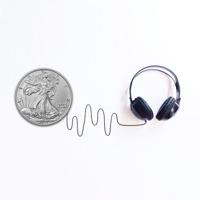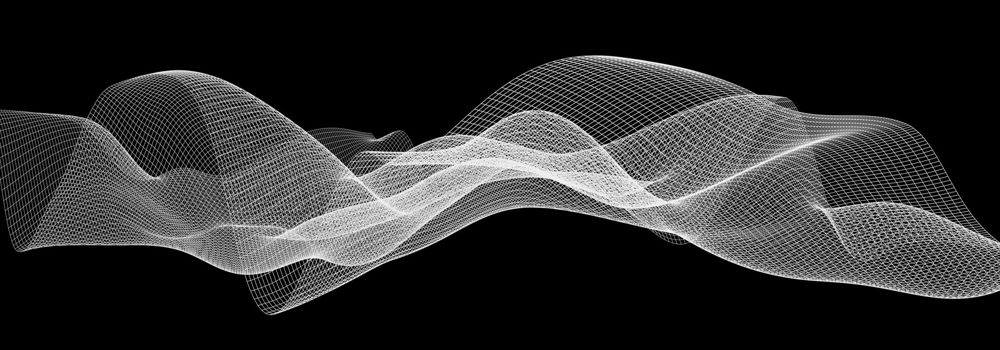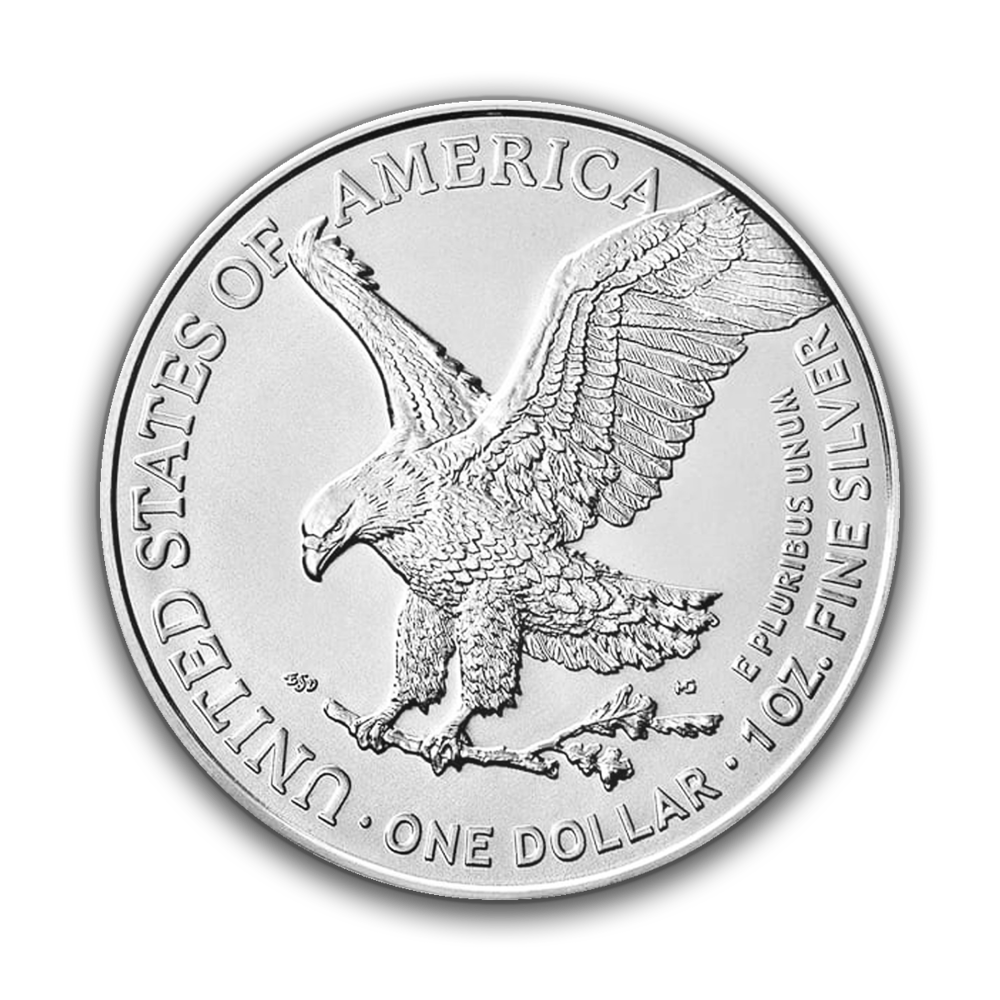Posted on September 23, 2021


If you want to know how pure your silver coins are, it might be best to strike them against a hard surface and take a listen. That’s because you can use the sound of silver to determine its purity. In fact, experts have used the silver sound test to assess the purity of coins based on the vibrations and frequency of sounds emanating from silver coins and other silver products.
Pure silver has a high density, meaning its atoms are tightly packed together. When struck, the particles within silver collide at a high level of frequency and amplitude. This results in a high-pitched “ping” to the human ear. Pure silver will produce a sound wave with a frequency of around 6145 Hz when struck, which sounds like a high-pitched ring with a consistent echo.
A well-trained ear (or a musician who has perfect pitch) can identify the sound of pure silver compared to other metals.
Because silver sounds different from other metals, its sound can be a great way to test the content of a supposedly silver coin. Up until 1964, U.S. silver coins were made of at least 90% silver. Today’s “silver” coins like dimes and quarters aren’t made of silver at all. Instead, today’s coins have a metal content composed of a nickel-copper alloy coated in silver coloring to resemble the traditional silver coins.
The debasement of circulating U.S. coinage has left true silver coins rarer now than they have ever been.
The silver sound test, or “ping test,” is relatively easy:
 It’s important to place the silver piece very loosely on your fingertip so as not to transfer the sound energy to your fingers. If the piece is held too tightly on your hand or between two fingers, the sound waves won’t be able to resonate, and the test will be rendered effectively useless. Obviously, don’t strike the coin hard enough to ding or blemish the metal; just merely hit the rim against any hard object. (You can try using a rubber mallet or a wooden surface for this.)
It’s important to place the silver piece very loosely on your fingertip so as not to transfer the sound energy to your fingers. If the piece is held too tightly on your hand or between two fingers, the sound waves won’t be able to resonate, and the test will be rendered effectively useless. Obviously, don’t strike the coin hard enough to ding or blemish the metal; just merely hit the rim against any hard object. (You can try using a rubber mallet or a wooden surface for this.)
A pure silver coin will vibrate with a ringing sound that lasts several seconds after being struck on a hard surface. This is distinctly different from the sound nickel, copper, or other metals will make under the same conditions, sounding more like a dull thud without any persistent, lasting echo. Old silver coins will make the distinct high-pitched frequency that identifies them as coins containing a high level of pure silver.
Go ahead and test the silver sound test with some older coins like the American Silver Eagle or pre-1965 silver dimes and quarters, and then compare with newer coins minted without any silver alloy. If you can’t hear the difference, you’re either tone-deaf or doing it wrong or you just found counterfeits.
There are more silver forgeries and fakes than ever before. And unless you are an expert coin collector with a keen eye, you might mistake a fake coin for real silver. The sound test is an excellent way for silver enthusiasts to ensure that what they purchase is genuinely made of silver.
The sound test doesn’t just apply to coins and can also be helpful when examining silver bars or silver jewelry. So next time you look to buy silver, use the sound test to let your ears tell you if you are making a wise purchase, or about to get duped. (Be sure to ask permission first, because nothing drives a coin dealer into a rage faster than “mistreating” a product you haven’t bought…)